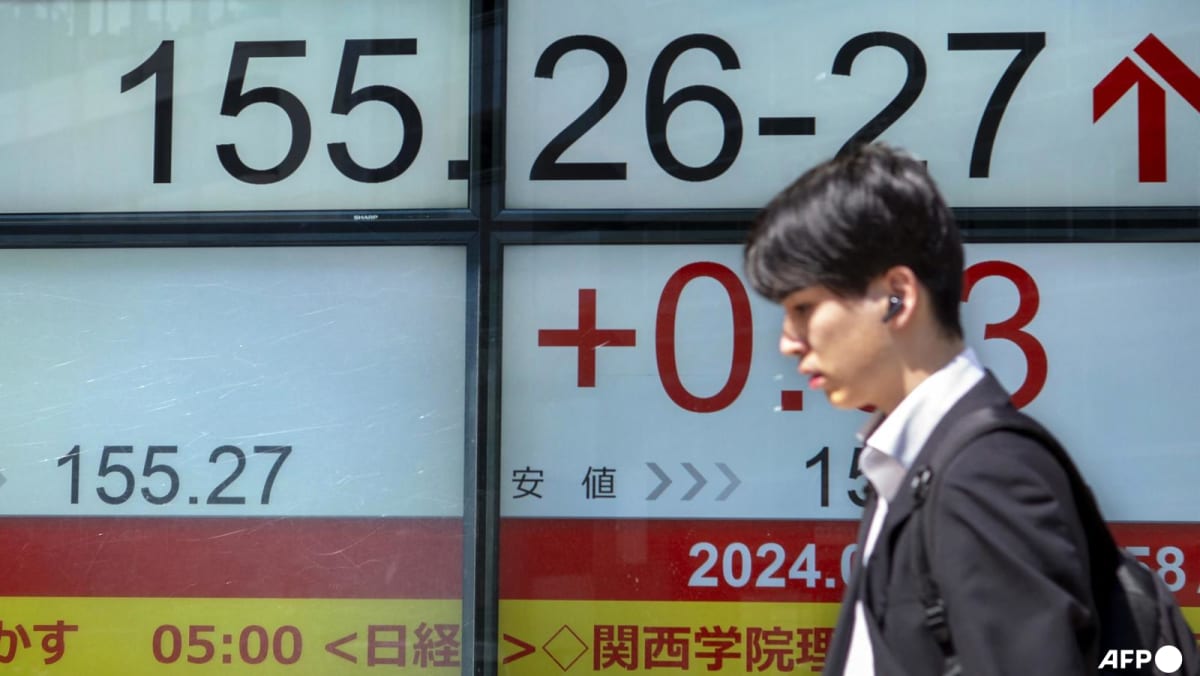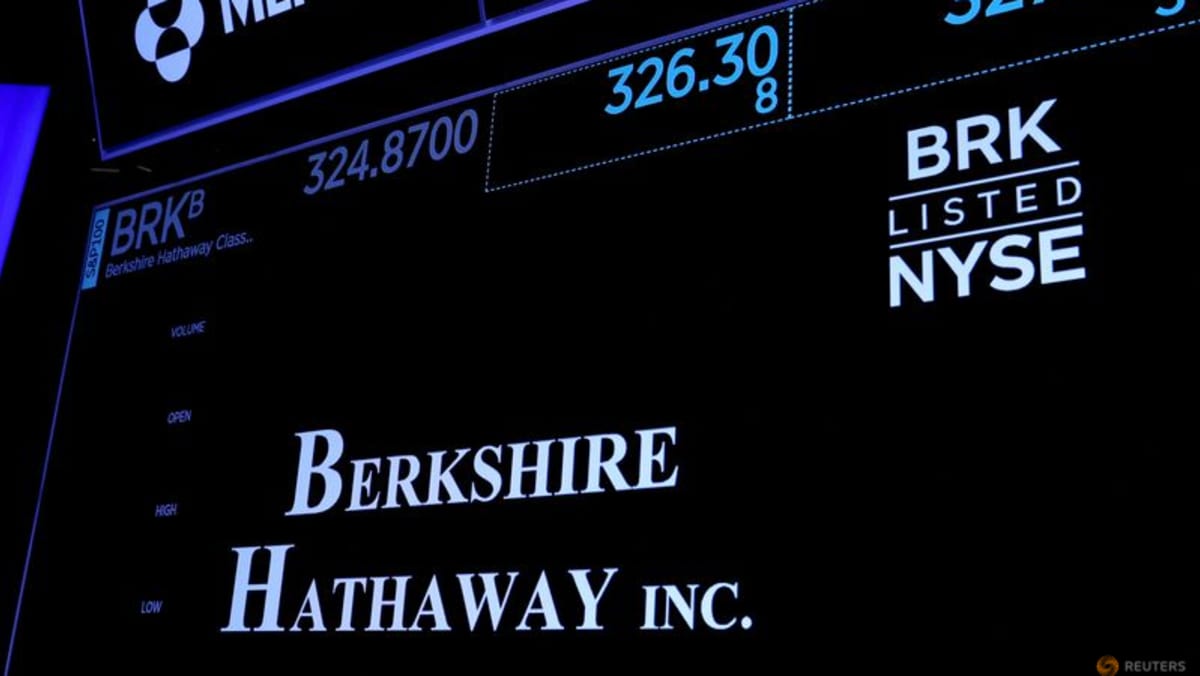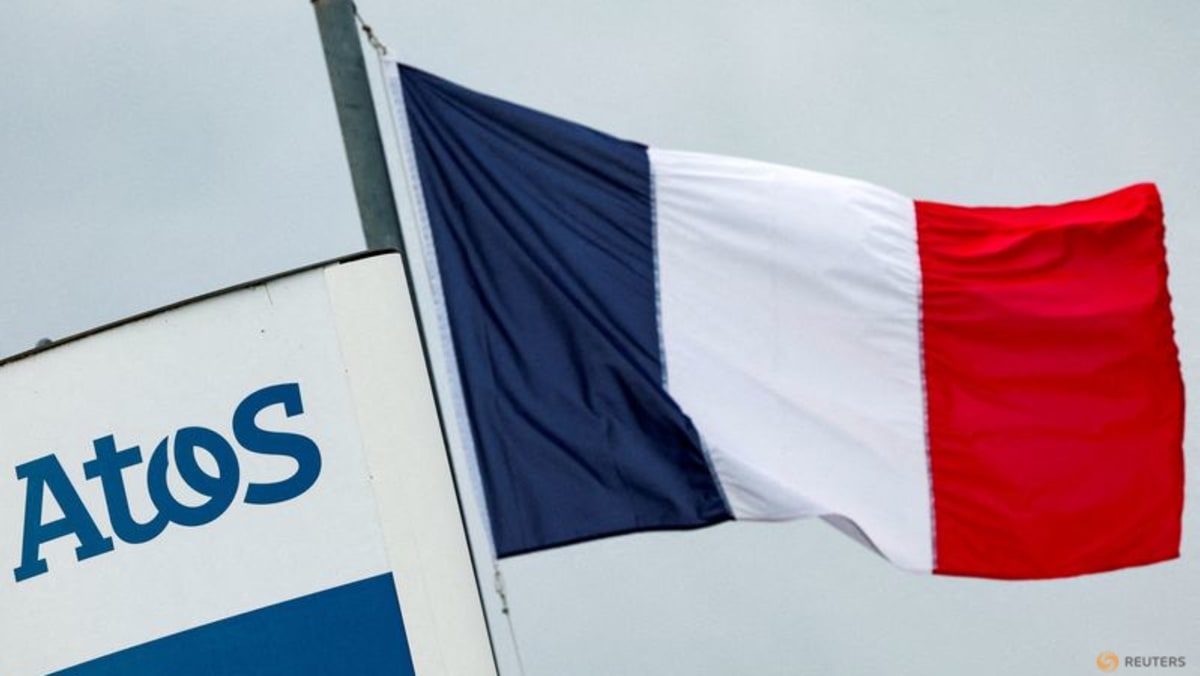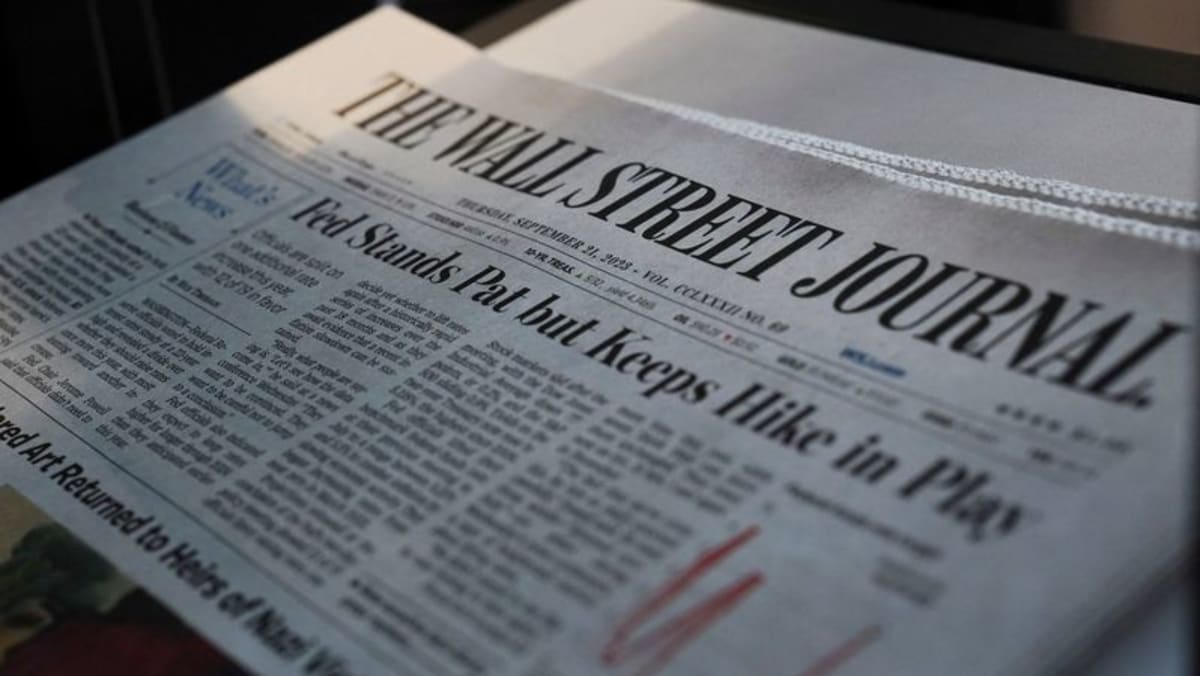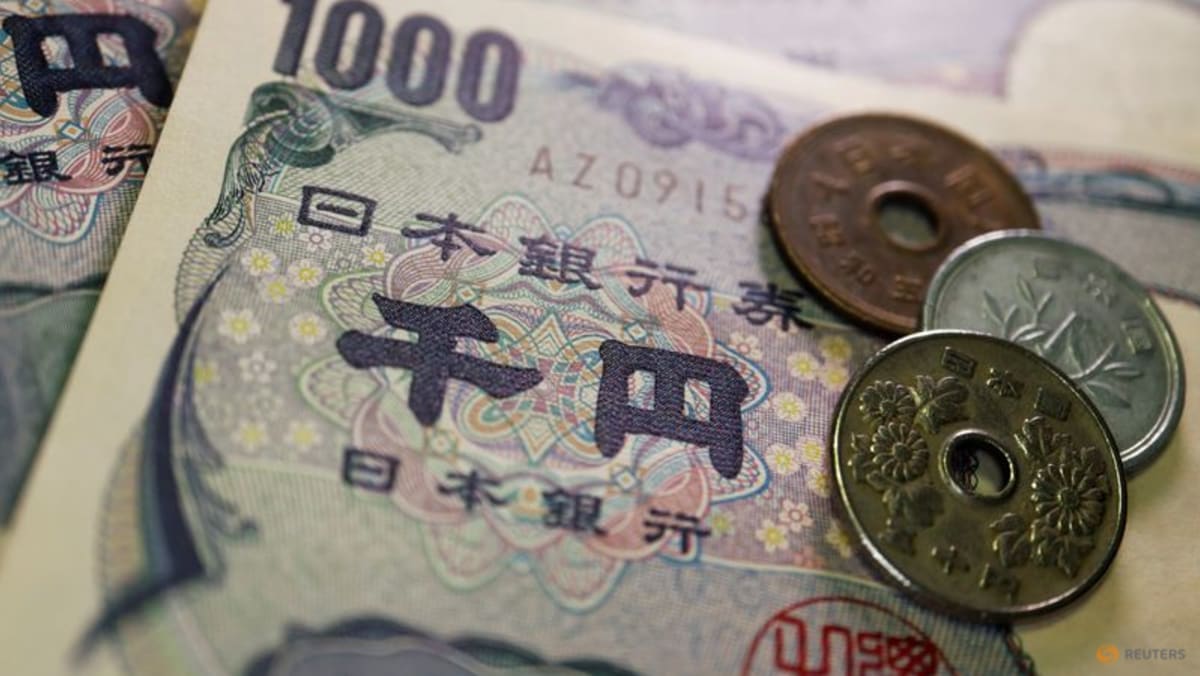The yen hit a fresh 34-year low versus the dollar and a 16-year low against the euro on Thursday (Apr 25) as investors expect a Bank of Japan (BOJ) policy meeting that ends on Friday to not be hawkish enough to support the Japanese currency.
A day earlier, the buoyant dollar broke above the 155 yen level for the first time since 1990 after trading in a tight range over several days.
On Thursday, the greenback rose to a 34-year high of 155.74 yen and was last 0.2 per cent higher at 155.62.
Some market participants see the 155 level as a line in the sand that will prompt Tokyo authorities to take action.
The euro hit a 16-year high of 166.98 yen and was last up 0.45 per cent at 166.95.
Japanese authorities “are between a rock and a hard place”, said Athanasios Vamvakidis, global head of G10 forex strategy at BofA.
“If they don’t step in, the breach of the 155 level can attract speculative flows as markets expect intervention.”
“If they buy yen, pressures can still arise because many investors are waiting for intervention to sell the Japanese currency,” he added, arguing that the yen could reach 160 even if there is intervention.
BOJ Governor Kazuo Ueda is expected to be mindful of an episode in 2022 when his predecessor’s dovish remarks triggered a yen plunge that forced Tokyo to intervene to prop up the currency.
However, the prospect of Japanese rates staying low for an extended period and expectations for a delayed start to United States rate cuts have continued to push down the yen.
Analysts expect the BOJ meeting to deliver a marginally hawkish outcome, with the central bank possibly just announcing a modest decline in its bond-buying plans.
The dollar nursed some losses versus other currencies, however, after a slight tumble earlier in the week when upbeat business activity data in the euro zone and the United Kingdom lifted the euro and sterling.
The euro was last up 0.25 per cent at US$1.0724, edging away from an over one-week high hit on Wednesday, while sterling rose 0.4 per cent to US$1.2511.
German consumer sentiment is set to rise in May on the back of households’ brighter income expectations, a survey showed.
The dollar dipped 0.2 per cent to 105.59 against a basket of currencies, though it pulled away from a nearly two-week low hit in the previous session.
Investors are waiting for US economic data later in the session with analysts flagging the first quarter US core gross domestic product (GDP) price deflator, which can provide indications for Friday’s release of the Personal Consumption Expenditure (PCE) price index – the Federal Reserve’s preferred inflation gauge.
“Today’s first quarter core PCE deflator could be quite a market mover,” said Chris Turner, global head of markets and regional head of research at ING.
“Long dollars is quite a crowded trade, and a fairly sharp sell-off in the dollar earlier this week on the back of the soft US PMI readings served as a reminder that long dollar positions are not bulletproof.”
Some analysts recently said they could change their bullish view on the greenback if weak dollar rhetoric and actual policy proposals, such as taxation of inbound capital, were to start showing up in official political campaigns. Barring such developments, they remain positive about the US currency.
“Until the rest of the world begins to surpass the US, and until the Fed sets forth a clearer horizon for the start of policy easing, we continue to believe that it will be difficult for the market to rally against the dollar,” said Thierry Wizman, global forex and rates strategist at Macquarie.
Trading in Asia was thin with Australian markets closed for a holiday.
The Aussie added 0.45 per cent to US$0.6526, buoyed by receding bets of rate cuts from the Reserve Bank of Australia (RBA) this year after the country’s consumer price inflation slowed less than expected in the first quarter.





